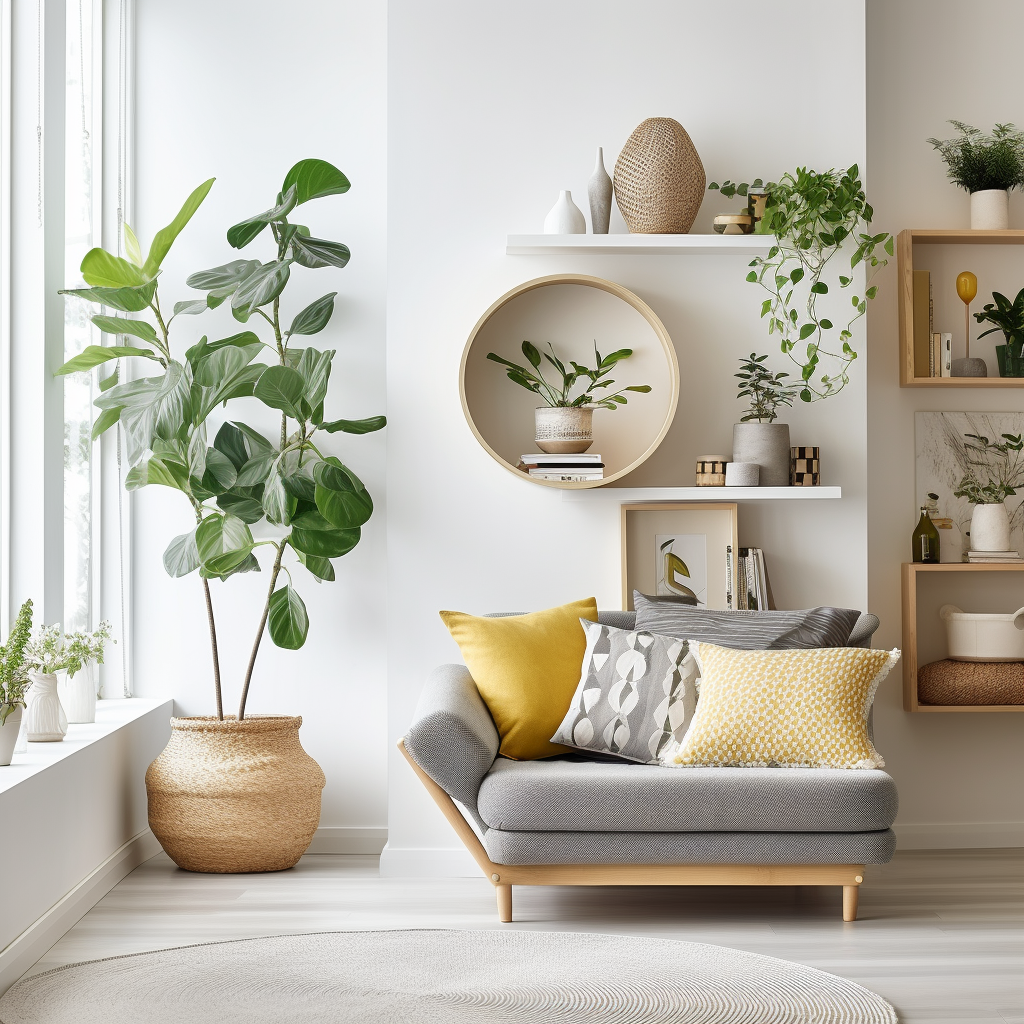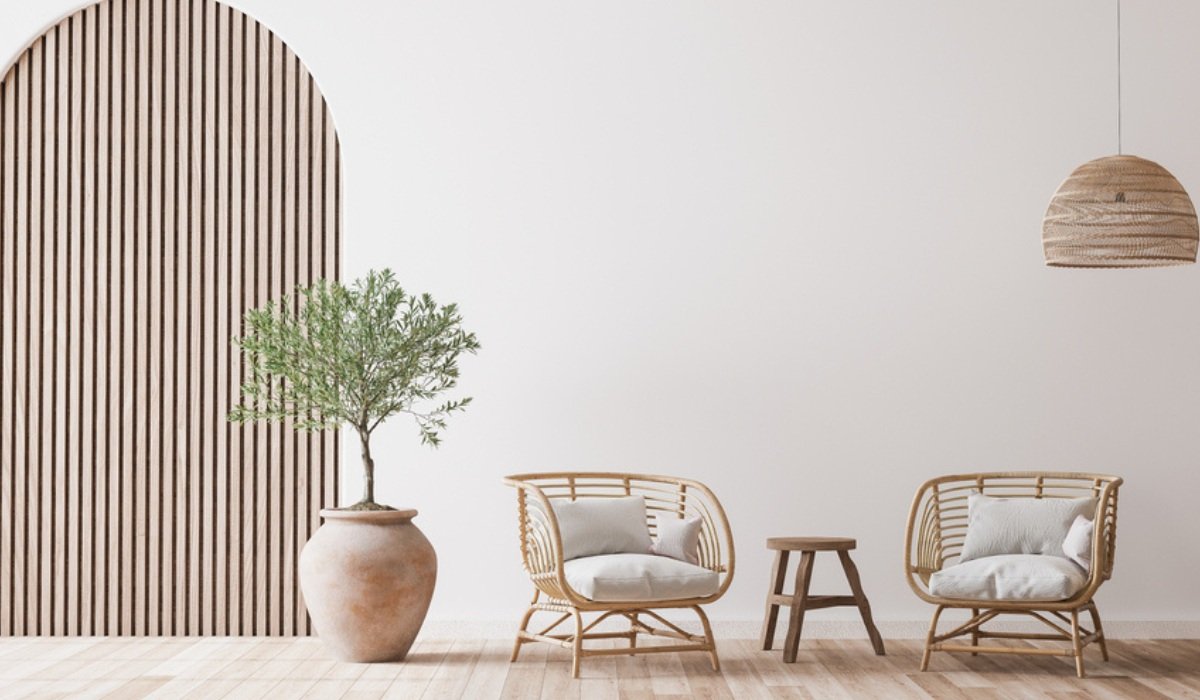Why Comprehending the Principles of Inside Design Is Essential for Effective Area Preparation
Recognizing the principles of indoor design is basic to reliable room preparation, as it lays the foundation for developing settings that harmonize capability with visual charm. Necessary aspects such as proportion, circulation, and equilibrium are not merely attractive factors to consider; they are important in enhancing how a room is used.
Relevance of Room Planning
Area planning is an essential element of interior style that significantly affects the capability and aesthetic appeals of an area. It entails the strategic setup of furnishings, components, and architectural components to enhance making use of available area while boosting the general user experience. Effective area planning addresses various factors, consisting of circulation, access, and the certain demands of the occupants.
One of the primary advantages of area planning is its capacity to boost spatial effectiveness. Interior architecture Miami. By thoughtfully organizing a layout, developers can make certain that every area serves a function, decreasing mess and promoting a sense of order. Additionally, proper space planning fosters an unified atmosphere, enabling smooth motion and interaction within a space
In addition, successful area preparation considers all-natural light, sightlines, and the connection between various areas. This alternative method not only boosts the aesthetic allure yet likewise adds to the well-being and efficiency of the occupants. Ultimately, a well-executed room plan is crucial in producing a well balanced and welcoming environment, making it necessary for any type of interior decoration job.
Trick Concepts of Inside Style

One essential concept is balance, which can be balanced, asymmetrical, or radial. Symmetrical equilibrium produces a feeling of order, while unbalanced balance provides an extra vibrant aesthetic appeal. Another critical principle is proportion and range, ensuring that the size of furniture and design aspects connect sympathetically per various other and the total space.
Shade concept also plays a considerable duty, impacting state of mind and understanding. Designers use color schemes to evoke certain sensations and improve the spatial experience. Additionally, the concept of rhythm involves creating a feeling of activity with repeating of colors, patterns, or shapes, leading the eye throughout the space.
Last but not least, the concept of emphasis routes focus to focal points, enabling a clear narrative within the design. Interior architecture Miami. By adhering to these vital principles, indoor designers can create atmospheres that not only satisfy practical needs yet likewise reverberate with the passengers on an emotional level
Effect On Capability and Flow

The setup of furnishings, the choice of products, and the combination of technology all play essential roles in accomplishing optimum functionality. As an example, positioning seating areas in proximity to offices can assist in interaction and collaboration, consequently enhancing performance. Additionally, making sure that pathways are unobstructed and clear enables effective movement, lowering congestion and advertising a natural circulation throughout the area.
Furthermore, integrating elements such as illumination and shade can even more assist in defining areas, read the full info here making it less complicated for people to navigate their setting. Thoughtful room preparation considers not just the physical facets of layout yet likewise how customers connect with their surroundings. Inevitably, a concentrate on functionality and flow not only improves the individual experience however likewise elevates the general effectiveness of the space, producing a setting that satisfies the needs of its occupants while promoting a feeling of consistency and equilibrium.
Enhancing Visual Appeals and Mood
3 vital components-- appearance, lighting, and shade-- play crucial duties in improving the looks and mood of an indoor area. Color develops the emotional tone; cozy colors like oranges and reds evoke energy and warmth, while cooler tones such as blues and environment-friendlies promote calmness and harmony. Choosing a harmonious shade combination can transform an area, producing a natural and aesthetically attractive environment.
Texture includes depth and interest, contributing to the responsive experience within an area. A mix of appearances-- smooth surfaces, deluxe textiles, and all-natural materials-- can produce aesthetic intrigue and boost convenience. For example, matching a soft velvet couch with a streamlined glass coffee table can develop a well balanced aesthetic that welcomes interaction.
Lights, typically a neglected aspect, significantly influences state of mind. Natural light fosters an open, ventilated environment, while tactically placed man-made lighting can develop heat and emphasize architectural functions. Dimmer buttons make it possible for adaptability, permitting adjustments to fit numerous tasks or times of day.
Incorporating these three components attentively not just raises the aesthetic allure of an area however likewise cultivates an ambience that resonates with its desired purpose, eventually enhancing the total experience for its passengers.
Practical Applications in Reality
Applying interior design principles in reality needs a thoughtful method that incorporates color, appearance, and illumination into everyday rooms. By comprehending exactly how these aspects interact, individuals can develop settings that are not just aesthetically attractive yet additionally practical and harmonious.
As her explanation an example, in a small living browse around these guys location, employing a light shade combination can make the area really feel larger and extra open. Strategic use mirrors can boost natural light and create an impression of depth. Integrating different textures with fabrics, such as rugs and pillows, can include warmth and rate of interest without overwhelming the senses.
Lights plays a crucial duty in defining the atmosphere. Split lights, consisting of ambient, job, and accent options, permits flexibility in state of mind settings. In an office, for instance, a mix of all-natural light, desk lights, and attractive fixtures can improve productivity while preserving a welcoming atmosphere.
Moreover, understanding spatial connections and furniture arrangement can cause enhanced capability. By sticking to concepts such as equilibrium and proportion, one can ensure that rooms offer their designated function while continuing to be visually pleasing. In general, sensible applications of indoor style concepts substantially enhance the livability and charm of any type of environment.
Verdict
In final thought, understanding the principles of interior decoration is essential for efficient space planning, as it promotes an equilibrium between capability and appearances. By applying essential concepts such as percentage, color concept, and circulation, developers can produce environments that enhance both use and aesthetic charm. Inevitably, this expertise adds to the growth of spaces that not only meet sensible demands but likewise elevate the total ambience, leading to more delightful and reliable experiences for individuals.
Comprehending the principles of interior design is essential to reliable area preparation, as it lays the groundwork for developing atmospheres that balance capability with aesthetic appeal.Room preparation is a fundamental element of interior style that dramatically affects the functionality and visual appeals of a room. Additionally, appropriate space preparation fosters an unified atmosphere, allowing for seamless activity and communication within an area.
Additionally, the concept of rhythm involves developing a feeling of movement with repetition of shades, shapes, or patterns, assisting the eye throughout the area.
In conclusion, comprehending the concepts of interior design is vital for effective area planning, as it cultivates an equilibrium in between functionality and looks.